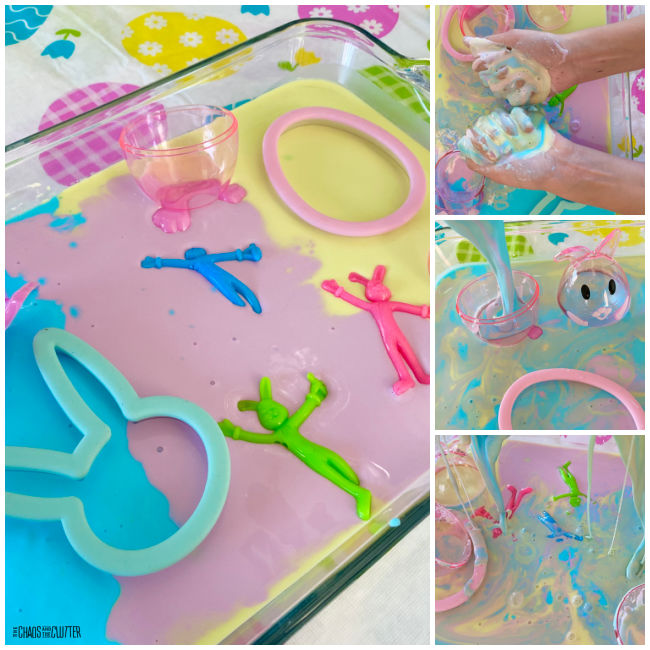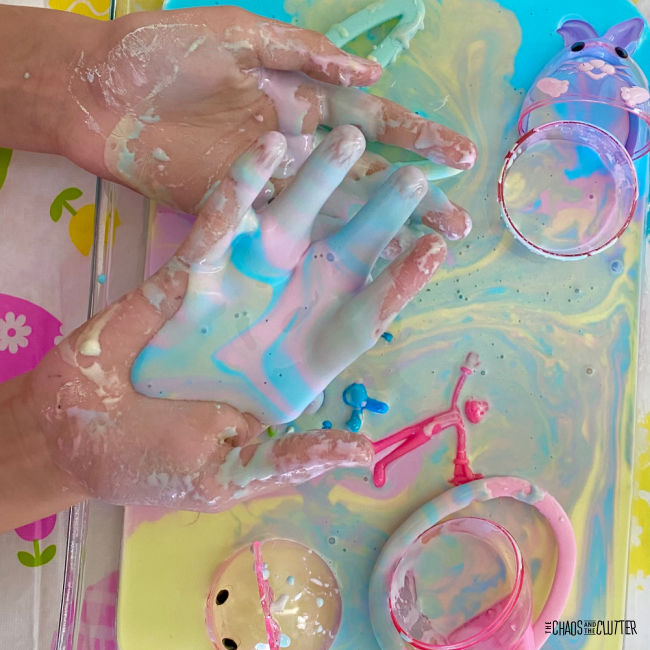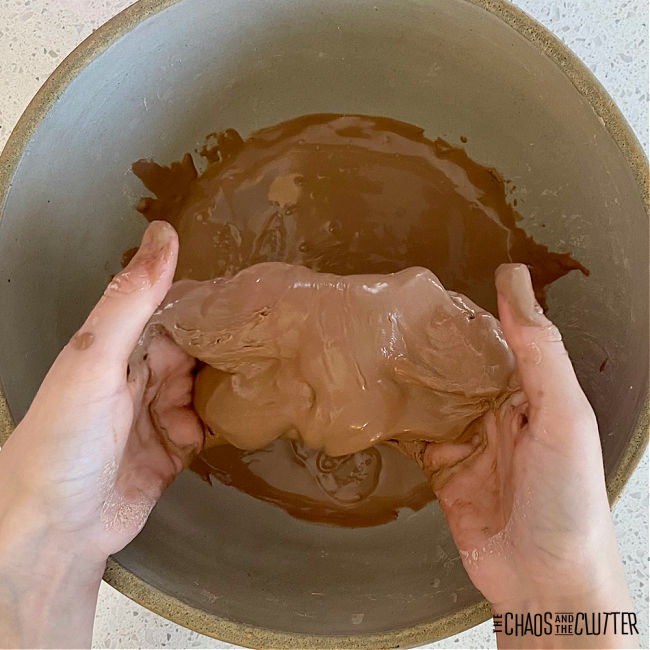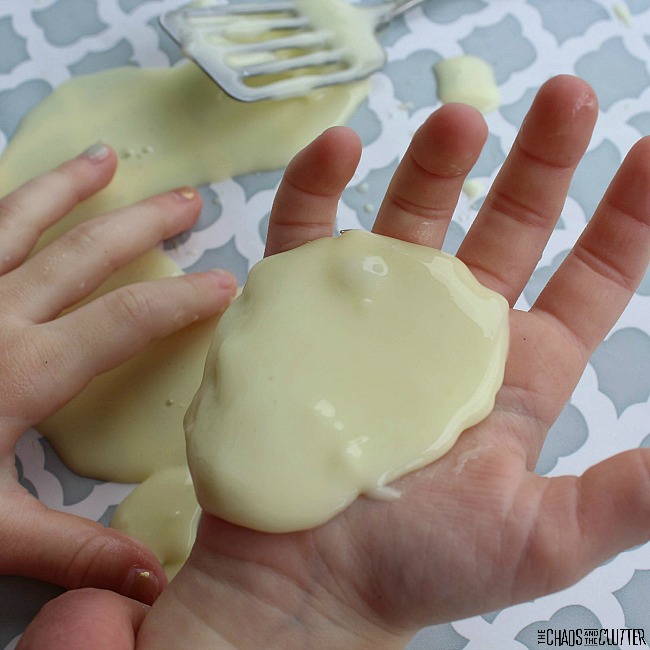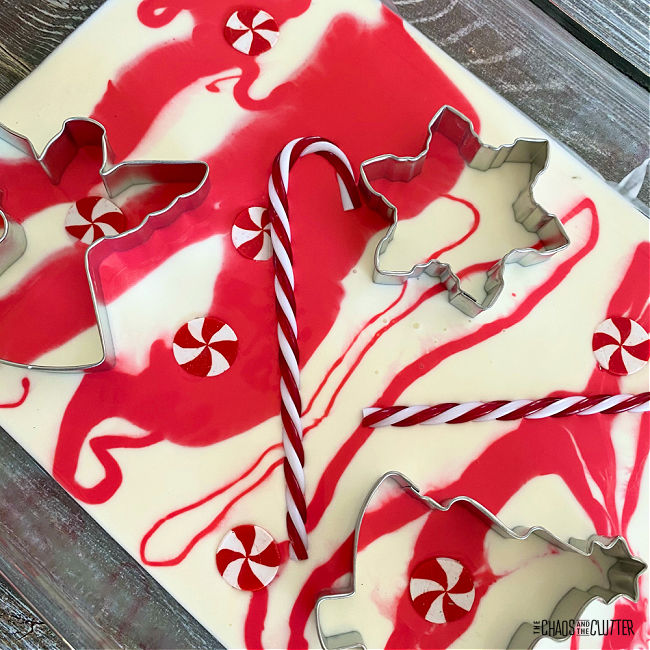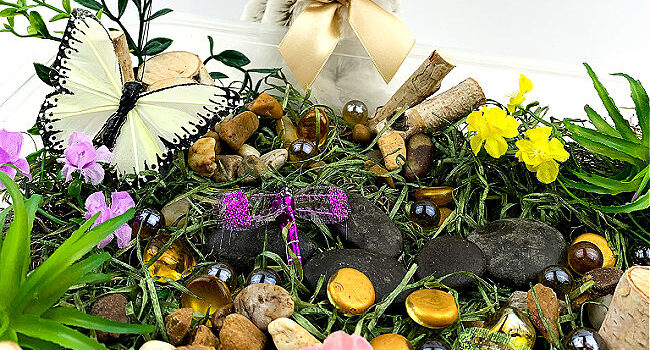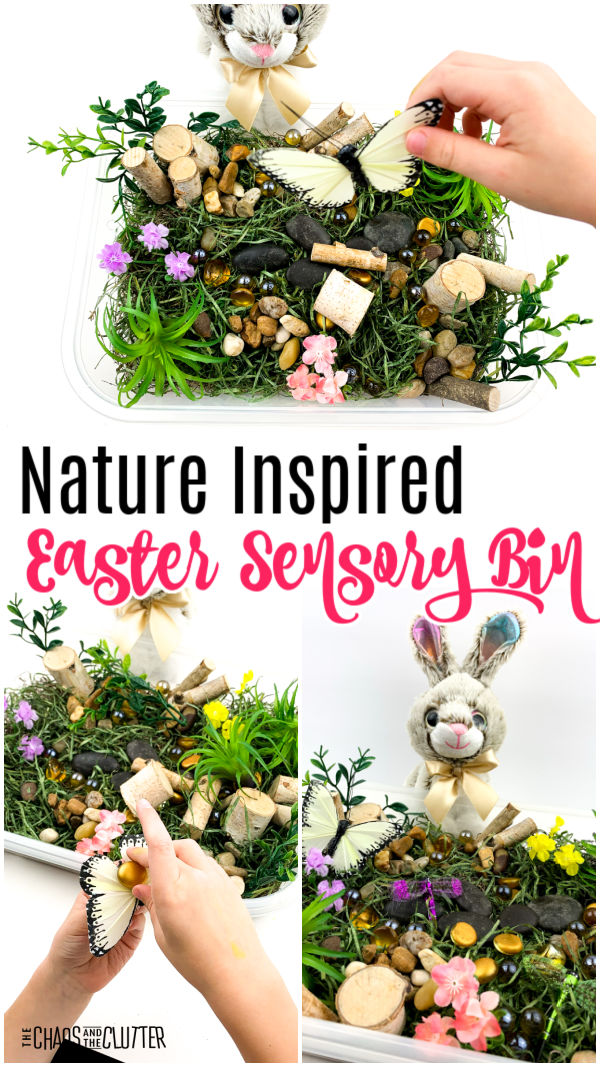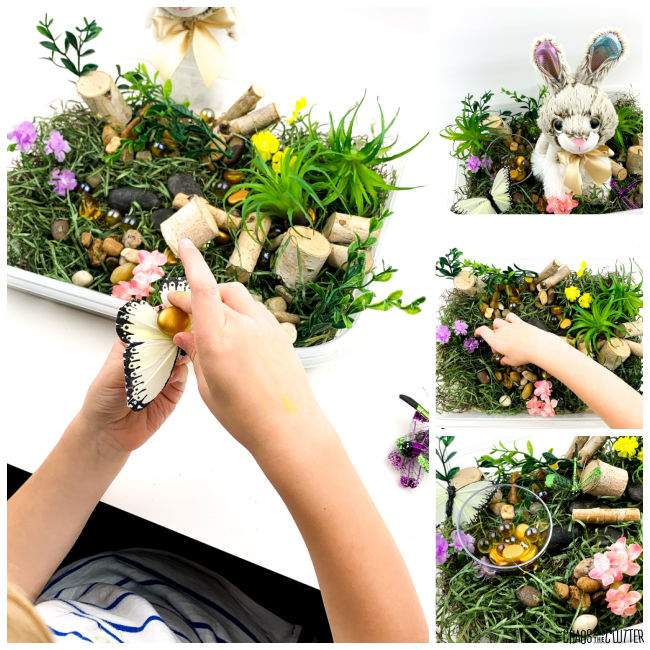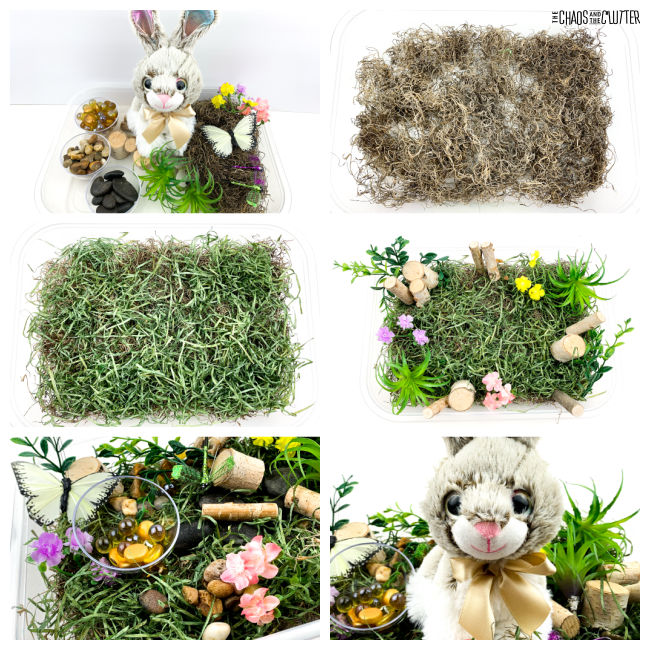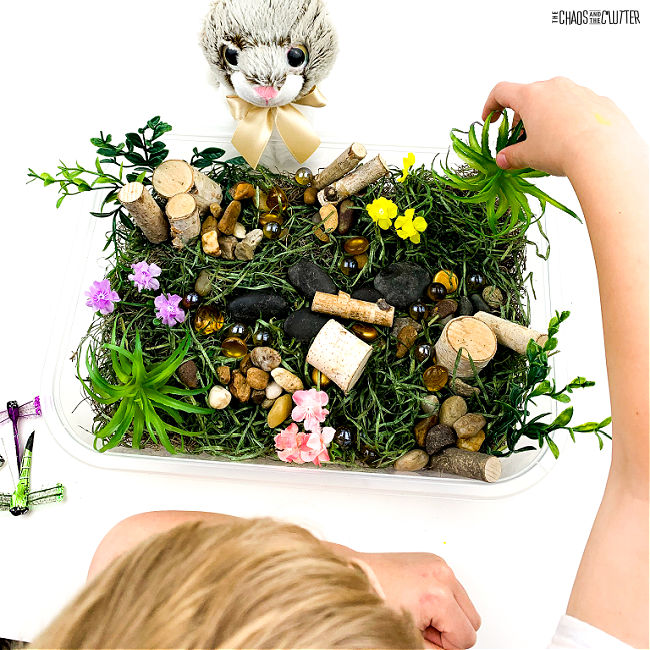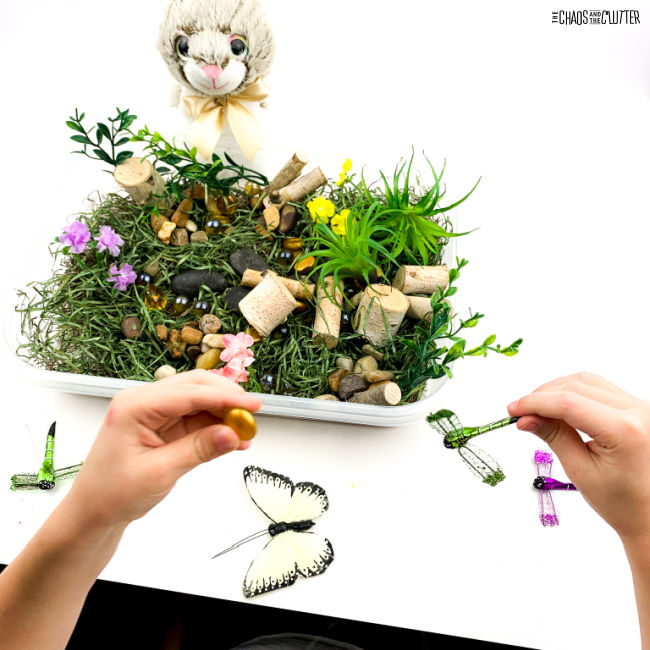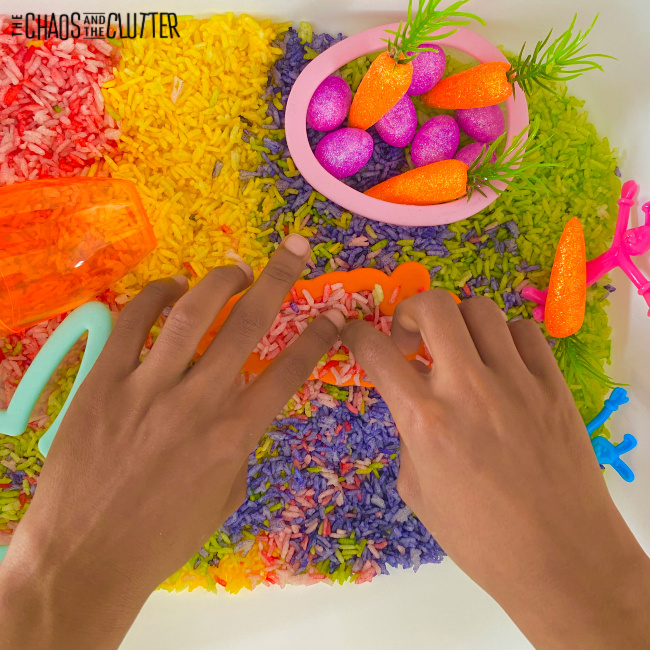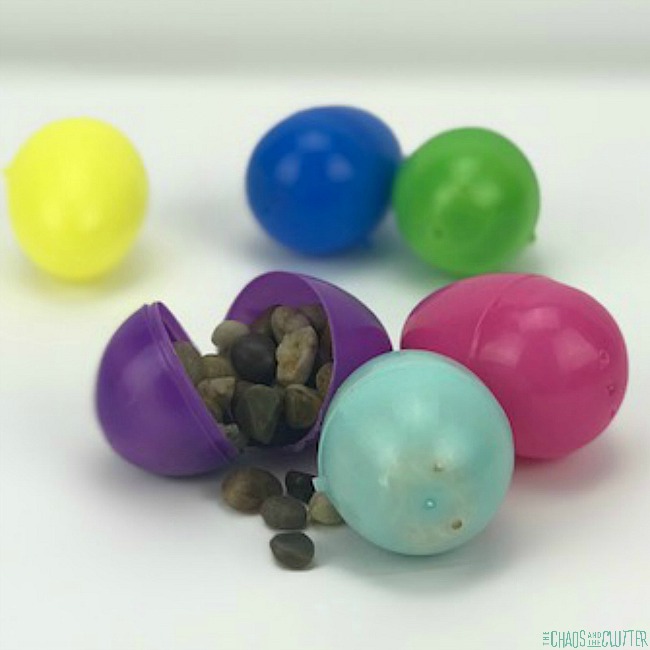By now, we all know how important hand washing is for our health. But getting your kids to wash their hands often is sometimes easier said than done. Instead of constantly reminding your kids to wash their hands, why not make handwashing fun? This fun bugs hand soap for kids will keep your kids engaged as they wash, ensuring they never forget to wash their hands again.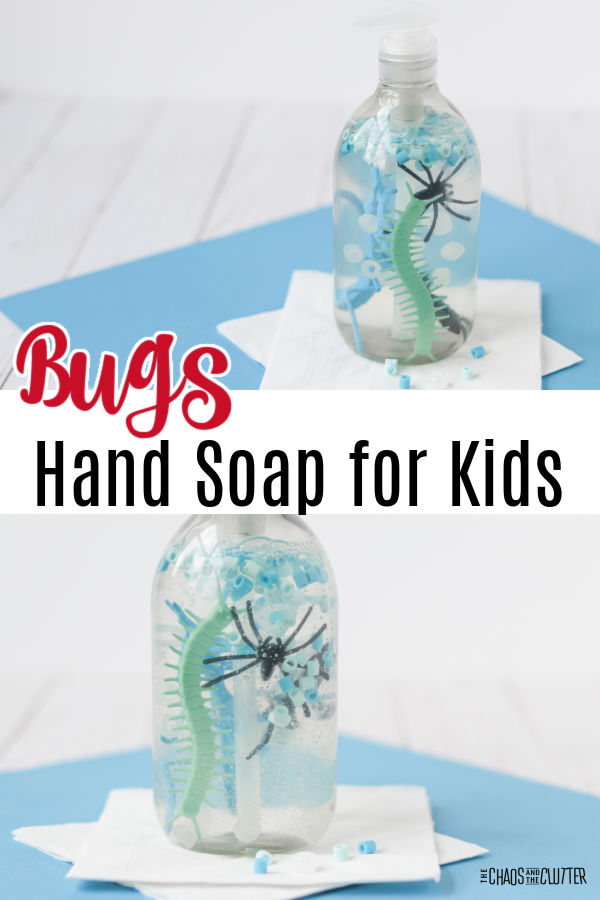 If your kids are struggling with some of the pandemic protocols such as wearing masks and frequent hand washing, this fun soap can make it a bit easier for them (and for you).
If your kids are struggling with some of the pandemic protocols such as wearing masks and frequent hand washing, this fun soap can make it a bit easier for them (and for you).
Bugs Hand Soap for Kids
Supplies needed:
- clear container with push dispenser
- clear liquid hand soap
- plastic bugs
- small blue and white beads
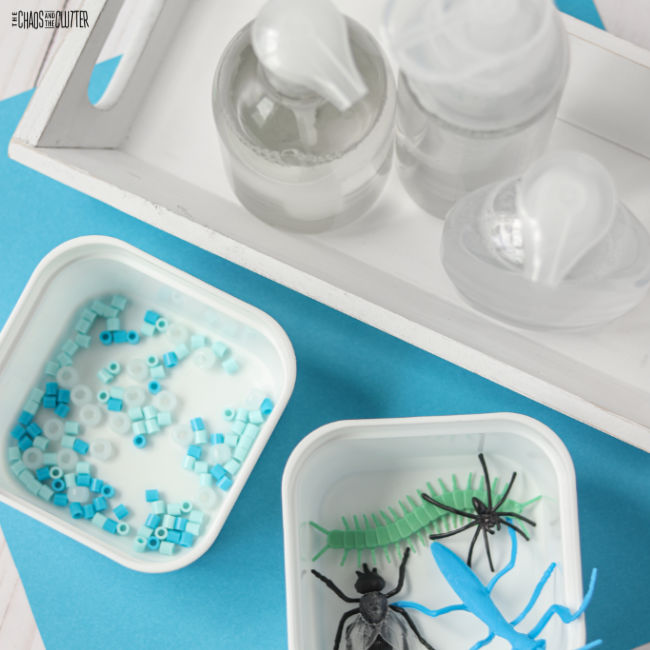
Instructions:
- Fill the clear container with hand soap, leaving around one inch of space at the top of the bottle to make room for the bugs and beads.
- Push the bugs into the bottle, then add the beads to the top.
- Place the lid on the bottle and tighten it to keep the soap from leaking out. Turn the bottle upside down to mix up the beads and bugs inside.

Handwashing Tips
Placing this fun soap for kids near the bathroom sink is a great way to remind your kids to wash their hands more frequently. They’ll have a blast squirting bug soap on their hands!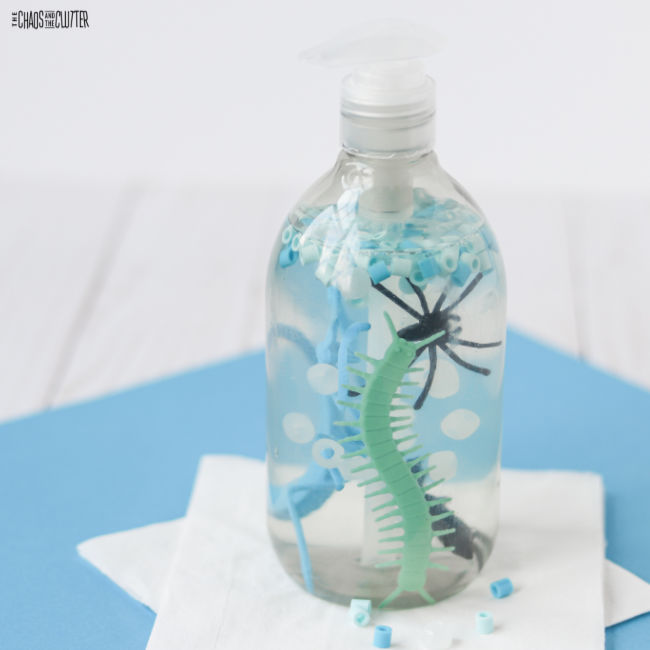
And since we know how important having clean hands is to our health, it’s always a good idea to remind your kids about proper hand washing techniques. After you make your bugs soap, give your kids a quick lesson in hand washing so they wash their hands the right way every time:
Follow five simple steps. Start by teaching your kids the five steps, then demonstrate the best method for getting their hands clean. There are five basic steps for handwashing:
- Wet
- Lather
- Scrub
- Rinse
- Dry
Wash for 20 seconds. They key to killing germs is to wash your hands for at least 20 seconds. One fun way to count down the time while scrubbing is to sing a song. Singing Happy Birthday twice is a simple tune your kids are sure to know. Or you can make up your own hand washing song.
Scrub everywhere. Another important lesson to teach your kids is to scrub all over as they wash, including between each finger, along the top and bottom of the hand, and under the fingernails.
When should kids wash their hands? After learning how to wash their hands, your kids may be wondering when they should take the time to use their bug soap. The best answer is simply whenever their hands feel dirty. But if they’re still unsure, remind your kids that it’s always important to wash their hands:
- after using the bathroom
- before and after eating
- after touching a pet
- after coughing, sneezing, or wiping their nose
You might also like these fun bug sensory activities:
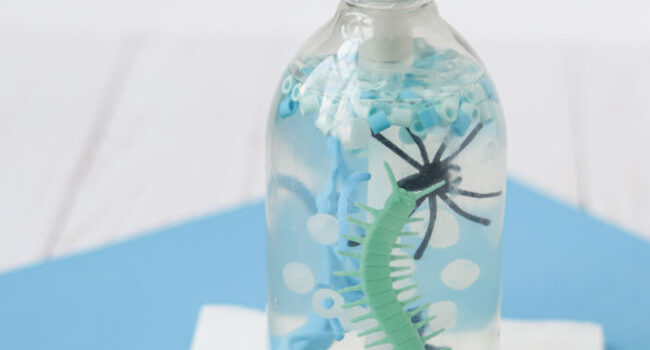
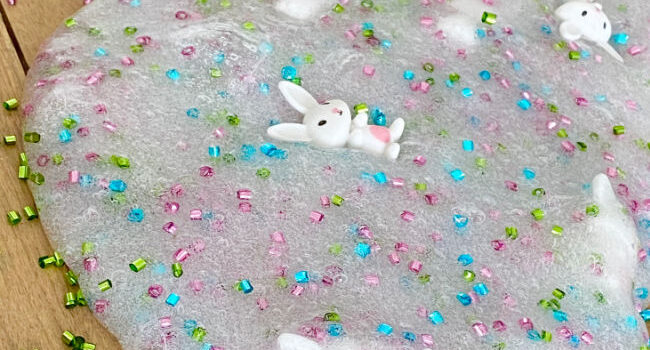
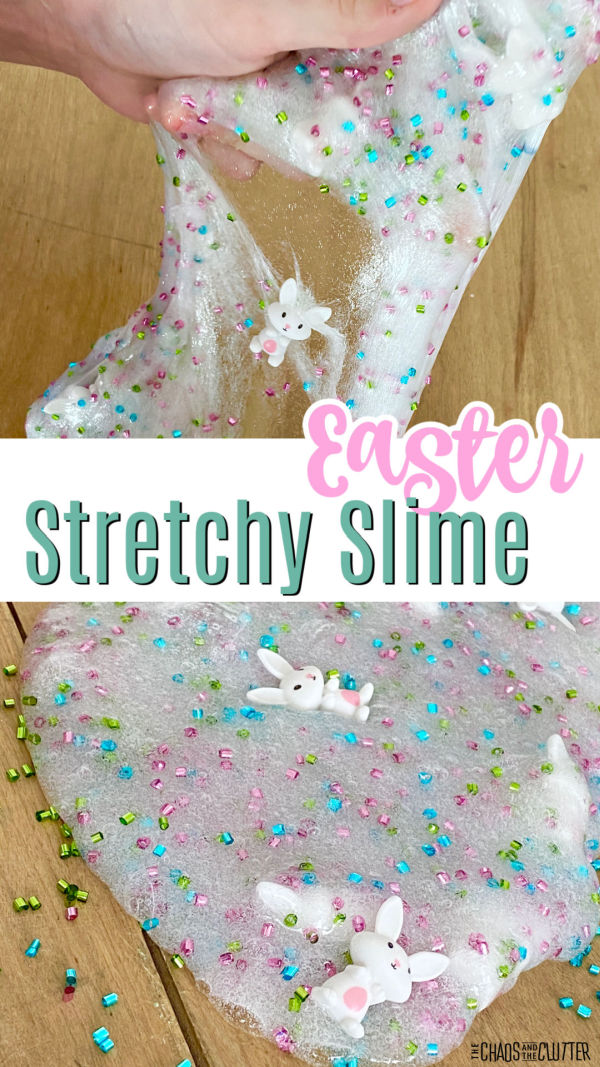 Homemade slime is great for any occasion. In the video below, you’ll see just how easy it is to make this slime at home.
Homemade slime is great for any occasion. In the video below, you’ll see just how easy it is to make this slime at home.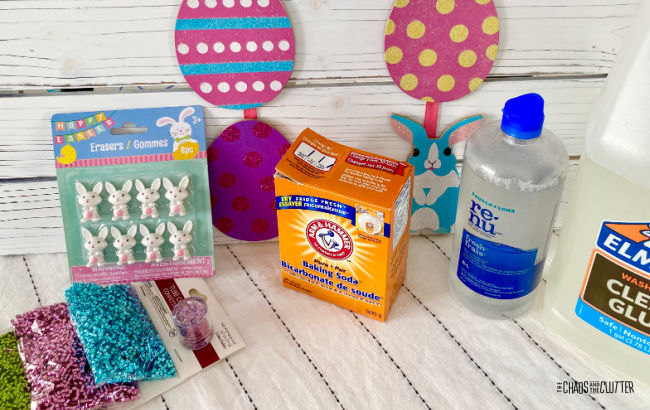 Instructions:
Instructions: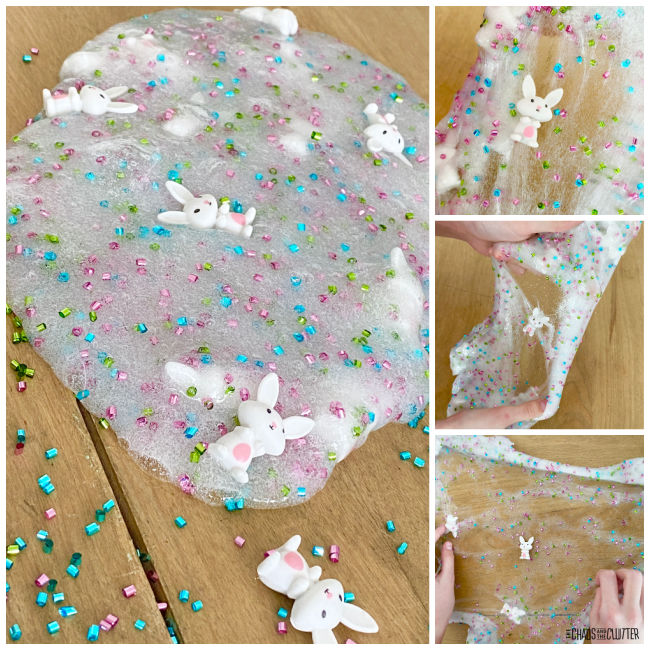 Be sure to use adult supervision with this or any other sensory play activity.
Be sure to use adult supervision with this or any other sensory play activity.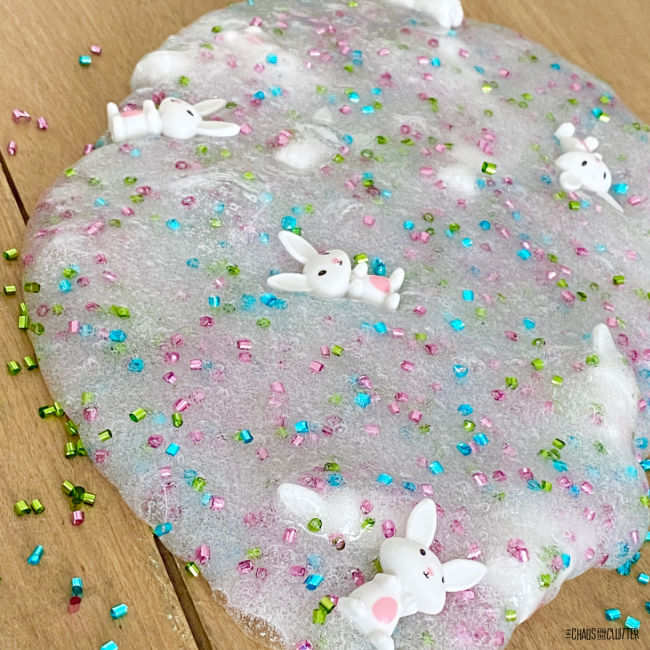
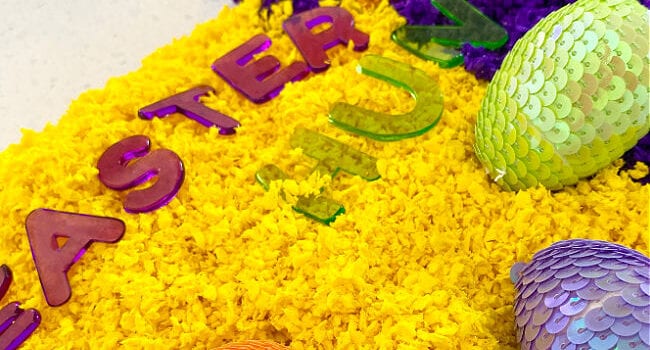
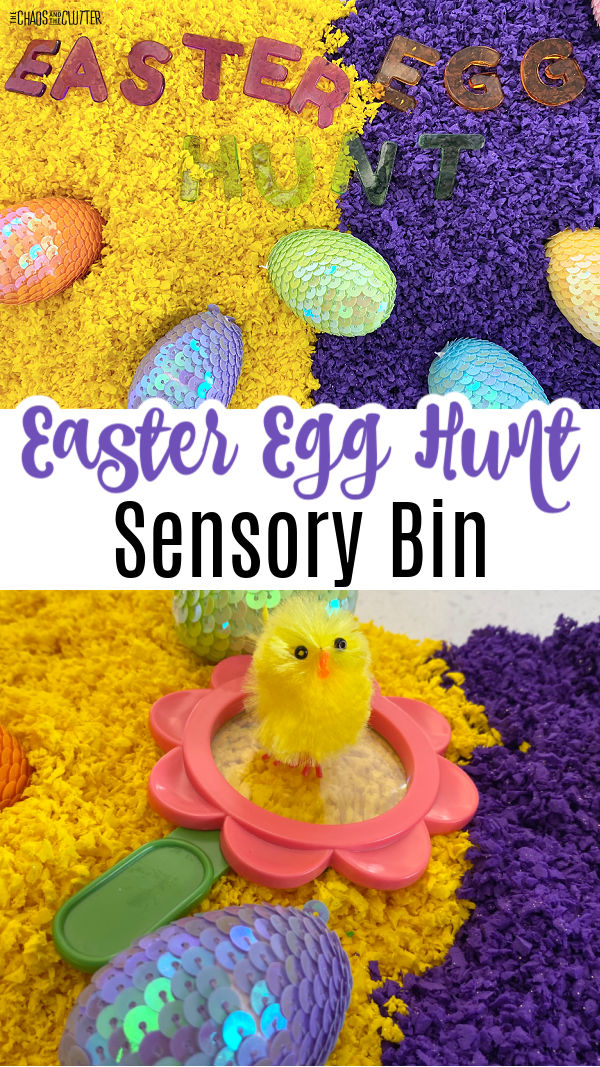 Using common Easter themed items in your sensory bin is the perfect way to get your kids playing and learning by using their senses. Each item on the bin is designed to help your child learn as they play by engaging at least one of their senses – sight, sound, smell, touch, and taste.
Using common Easter themed items in your sensory bin is the perfect way to get your kids playing and learning by using their senses. Each item on the bin is designed to help your child learn as they play by engaging at least one of their senses – sight, sound, smell, touch, and taste. Instructions:
Instructions: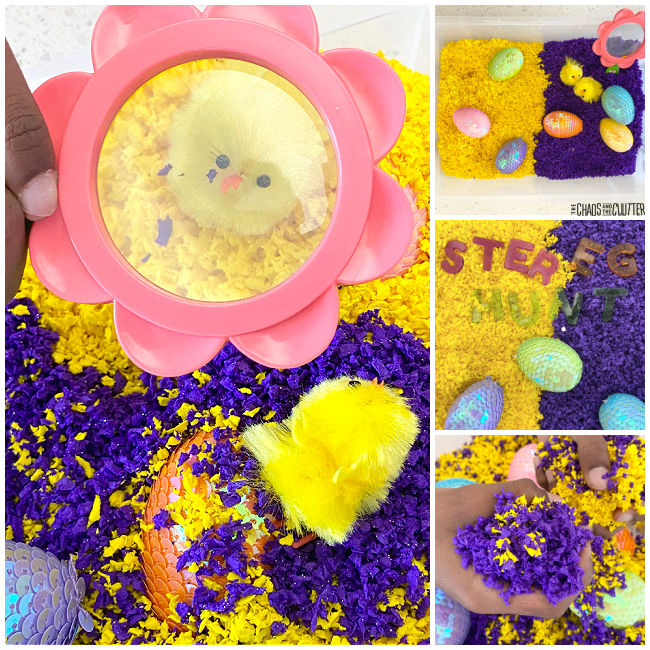
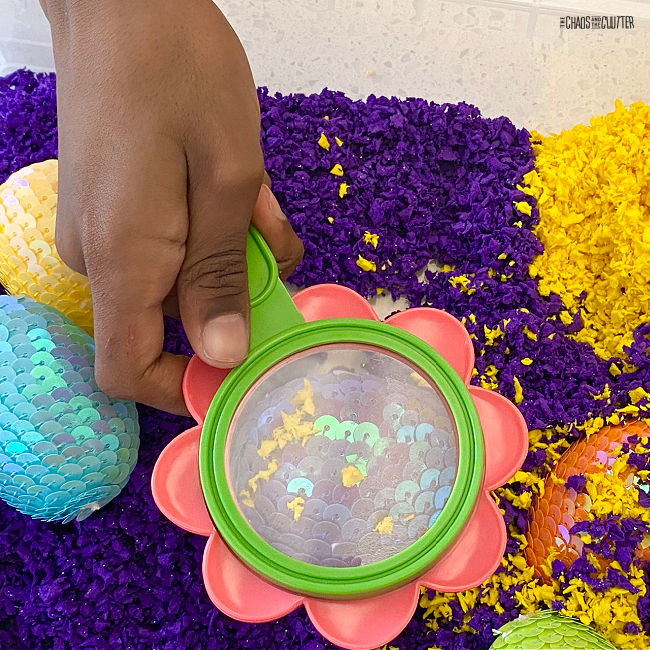

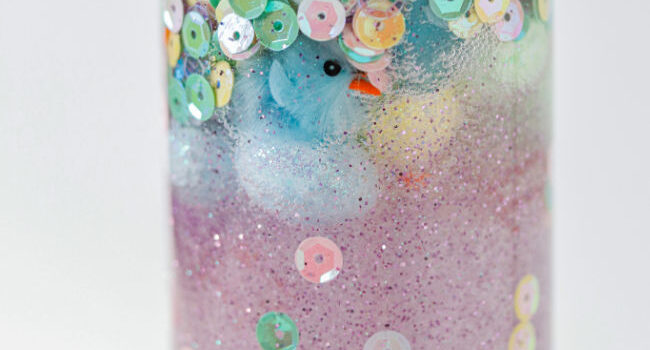
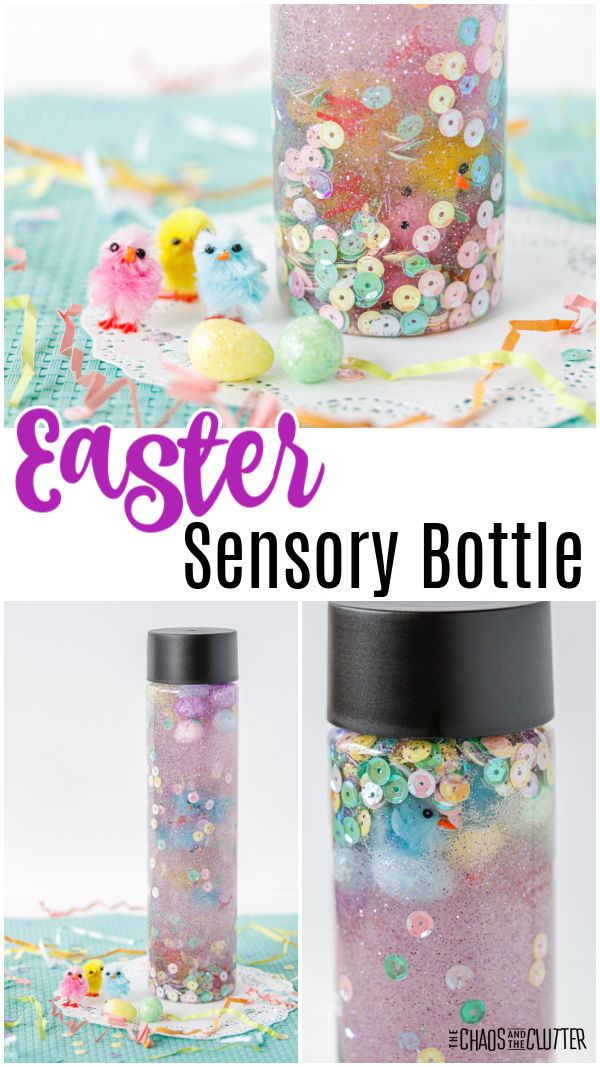
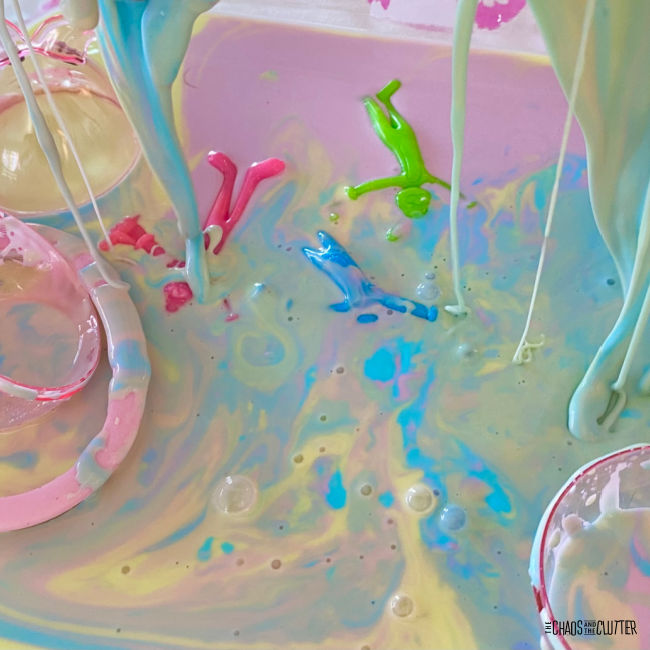
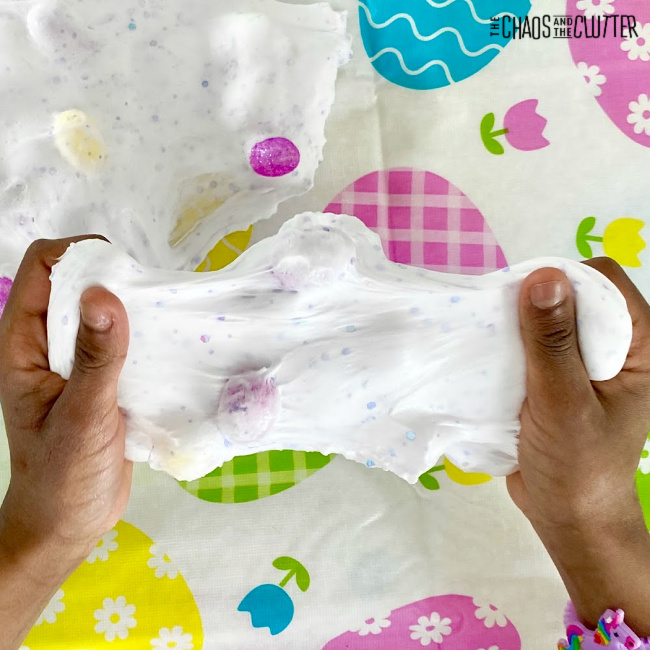
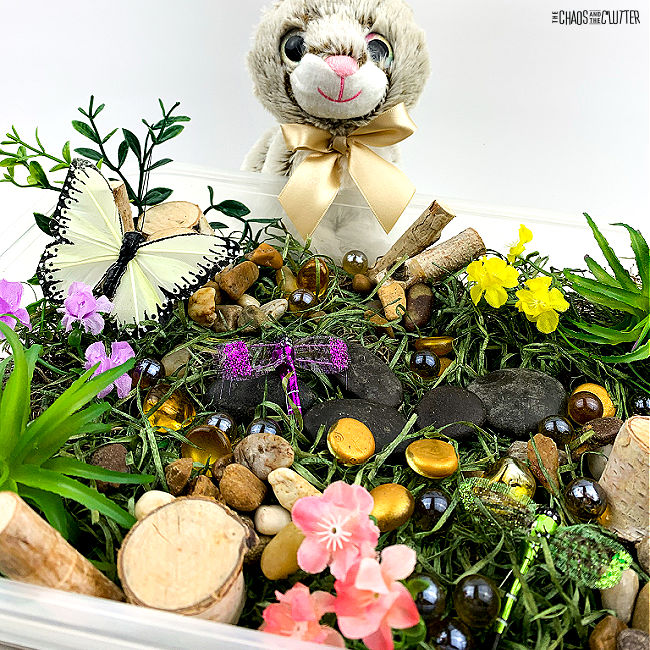


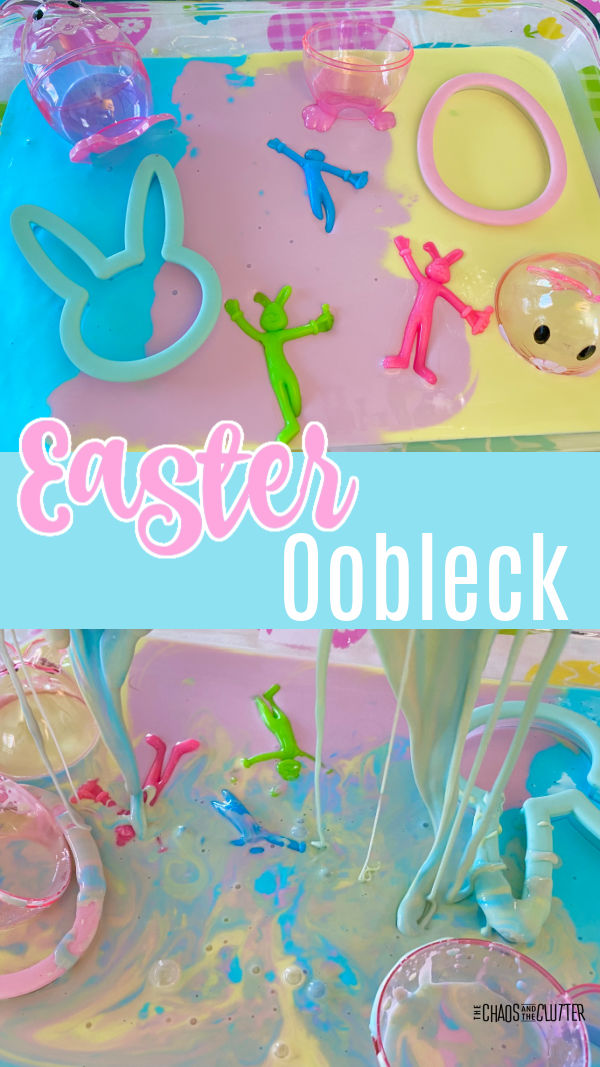
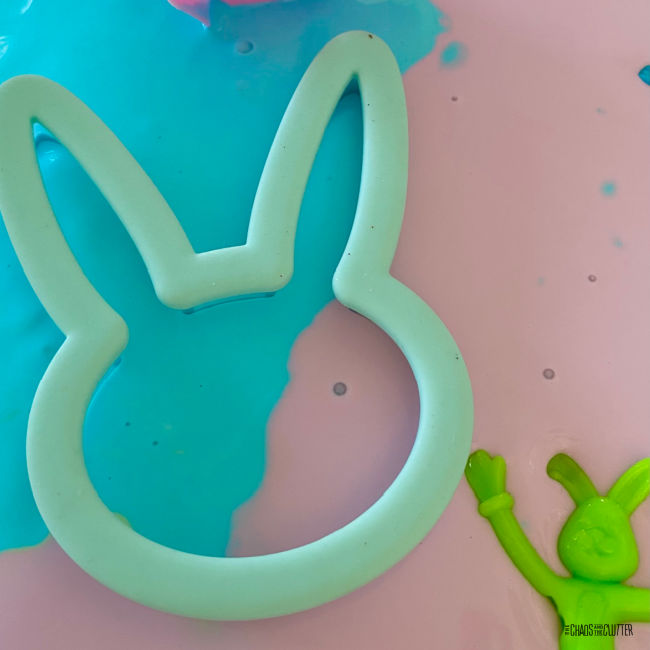 Instructions:
Instructions: